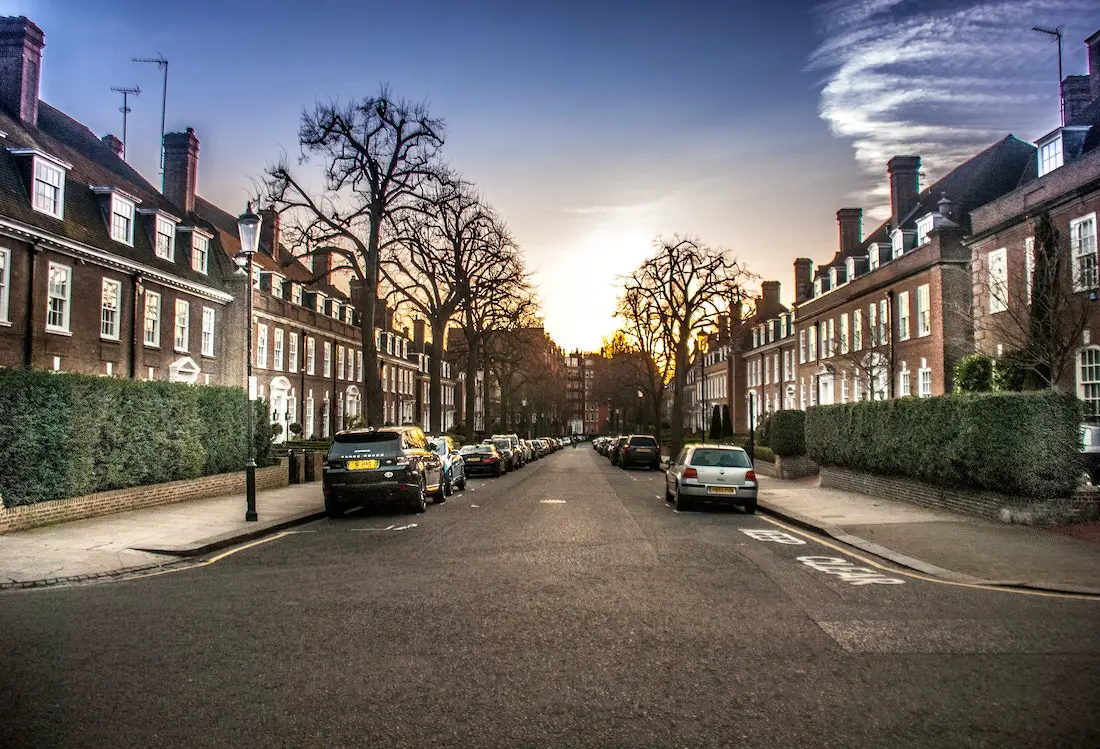Like it or not, street art is as much a part of the 21st century city as transport, housing or the Starbucks on the corner, and almost everything about it raises questions. As with most forms of contemporary art, it exists to challenge the viewer, but there are also questions surrounding its status as ‘Art’. Whilst many applaud its contribution to the landscape of the city, a portion of society would rather refer to it as vandalism, and then there are those who walk past without even noticing its existence. Even Banksy, probably the most successful street artist, acknowledged these mixed reactions in his book Wall and Piece:
Some people become cops because they want to make the world a better place. Some people become vandals because they want to make the world a better looking place.
Recently, Berlin based Artist EVOL has received some online coverage for a project that transforms electrical boxes into miniature soviet-style tower blocks.

Some admirable photographic work and wallpapering skills has resulted in a beautiful project, but does it make a statement on the perceived failures of Modernism, or celebrate human achievement in the built environment? Is it a reminder of population density in the city, or a comment on emotional distance?

A recent piece by German Artist Jan Vormann (above) initially appears to take a clearer stance. Using Lego to ‘fix’ buildings, Vormann appears to be making a statement about the poor condition of New York city, but the use of bright plastic bricks synonymous with childhood suggests humour and an affection for her subject.

‘Little People’ (above) and ‘Street Installations’, two globally successful street art projects by Slinkachu and Mark Jenkins respectively, further add to the confusion. Both appear light-hearted and positive initially, but on further inspection, a sombre undertone emerges that appears to question our interactions with the built environment.
These artists may be driven by an affection for the city despite its flaws, or a serious message could be being made about the standard of modern urban lifestyles. Or, most likely, a combination of both is at play. Art, like urban life, is rarely straightforward.
Photos: Timon Klauser, EVOL, Jan Vormann.


